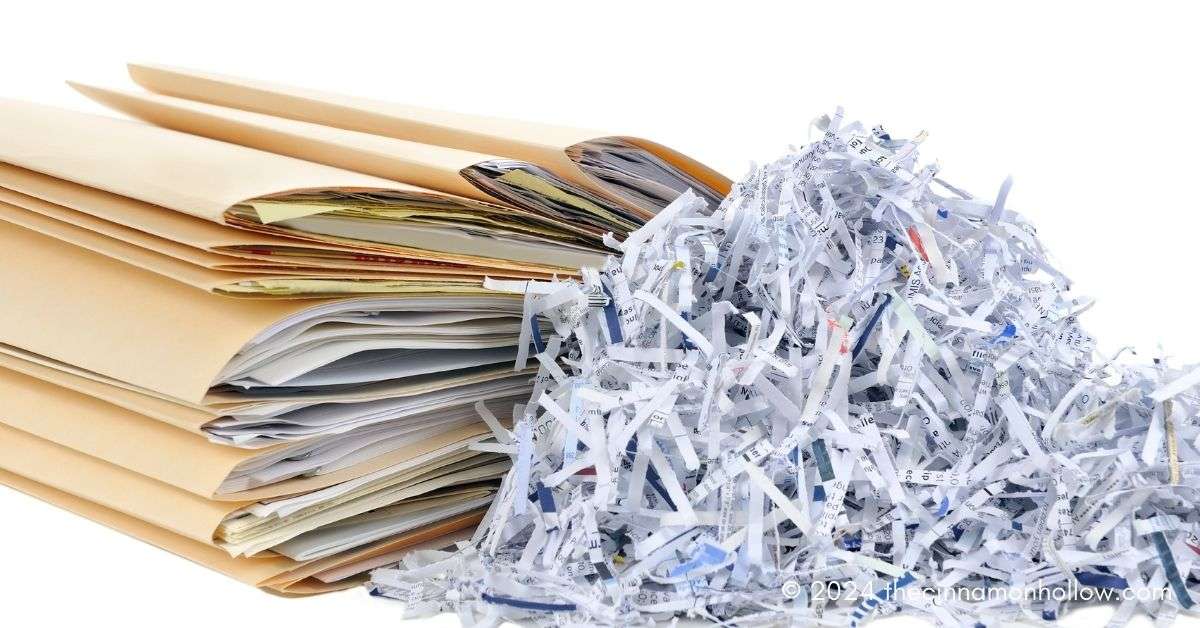- Introducing Document Shredding
- The Environmental Benefits of Shredding Documents
- Document Shredding for Data Protection
- How Businesses Can Implement Effective Shredding Practices
- The Role of Shredding in Protecting Against Identity Theft
- Cost-Benefit Analysis of Document Shredding Services
- Advancements in Shredding Technology
- Choosing the Right Shredding Service
- Debunking Common Myths About Document Shredding
- The Future of Document Shredding
Introducing Document Shredding
Paper shredding services have become pivotal in modern business operations in response to the burgeoning need for information security and environmental sustainability. Beyond destroying documents, this process protects sensitive information, ensuring it does not fall into the wrong hands. As organizations increasingly recognize the threat posed by data breaches and the importance of responsible waste management, shredding documents becomes not merely a compliance issue but a standard best practice in business operations.
With the evolution of privacy regulations and growing ethical considerations, companies of all sizes are reassessing how they handle confidential data. Professional shredding services have risen, offering secure, efficient, and environmentally responsible solutions that align with legislative demands and ethical standards. As businesses grapple with identity theft, corporate espionage, and environmental degradation, the management and final disposition of paper records become critically crucial for operational integrity and public trust.
The Environmental Benefits of Shredding Documents
Document or paper shredding reflects an organization’s commitment to environmental stewardship. When shredded material is recycled, it diverts waste from landfills and reduces the need for new resources, lowering businesses’ ecological footprint. Shredding transforms sensitive documents into a raw material that provides a feedstock for recycled paper goods, aiding in the conservation of forests and reducing greenhouse gas emissions. It is a critical step in the life cycle of paper that supports a broader circular economy – an economy that thrives on sustainability and minimal waste.
The small act of shredding paper cascades into significant environmental change, yet its role and impact in recycling are often overlooked. The process outlined in the article A Deep Dive into the Recycling Journey of Shredded Paper, offers valuable insight into the global benefit of this practice. It is here where the recycling tale unfolds, chronicling the passage of shredded documents from scrap to paper products, illuminating the promise it holds for the health of our planet.
Document Shredding for Data Protection
The assurance of data protection is intrinsic to the fabric of any business. Safeguarding printed material containing sensitive information from being misused is as crucial as securing digital data. Shredded documents are the bedrock of physical information security, aligning with privacy laws that demand the protection of personal and corporate data. A practical document shredding system is a dependable guardian against unauthorized data retrieval, reinforcing the digital firewalls and cybersecurity measures already in place.
As highlighted by resources like Protecting Your Business Against Data Breach: The Shredding Solution, businesses must adopt a secure approach to destroying their records. This systematic shredding process ensures that data is irretrievable, maintaining legal compliance and public confidence. Recognizing the complexities of data management legislation, companies are adopting shredding as a cornerstone of their data protection strategies, a choice that is as proactive as it is prudent.
How Businesses Can Implement Effective Shredding Practices
Integrating document shredding into business routine entails evaluating the benefits and considerations of both in-house capability and outsourced services. Large corporations may invest in industrial shredding machines, requiring significant management and oversight. Small to mid-sized businesses frequently find that contracting professional shredding services offers a cost-effective and secure alternative. Document retention schedules are instrumental in defining the life cycle of documents, stipulating which documents should be preserved and for how long, thus supporting an efficient and secure approach to document management.
The Role of Shredding in Protecting Against Identity Theft
Identity theft is a growing concern in a data-driven society, and shredded documents are often the first line of defense. The intricate process of cutting documents into indiscernible particles thwarts the attempts of identity thieves to piece together valuable personal information. Although this practice might seem rudimentary, it is highly effective in reducing the risk of financial fraud and protecting sensitive personal data. Shredding old bills, bank statements, and other documents containing unique identifiers disrupt information supply to malicious entities.
Cost-Benefit Analysis of Document Shredding Services
A critical evaluation of the costs associated with document shredding services against the potentially astronomical expenses of a data breach or identity theft reveals a stark disparity. The provision of shredding services, whether internal or external, presents a minor expense compared to the legal, financial, and reputational damages that can occur from improperly handled documents. When viewed within the context of risk management and mitigation, investing in shredding services emerges as a reasonable and responsible business practice.
Advancements in Shredding Technology
The landscape of document destruction is constantly evolving, with technological advancements enhancing security and environmental efficiencies. Modern shredders are designed with sophisticated cutting mechanisms that render documents into confetti-sized pieces, an advancement from the traditional strip-cutting machines. These innovations ensure a higher level of security by making documents irretrievable and improving the ease and efficiency of recycling shredded material.
Choosing the Right Shredding Service
Determining the right shredding service hinges on reliability, compliance with data protection laws, and environmental practices. Organizations should look for services that hold certifications and can demonstrate compliance with industry standards. Real users’ testimonials and reviews offer authentic insight into providers’ service quality and reliability, enabling businesses to make informed decisions that align with their operational requirements and ethical standards.
Debunking Common Myths About Document Shredding
Myths surrounding document shredding often deter businesses from adopting this crucial security measure. These myths suggest that shredding is prohibitively expensive, inconvenient, or unnecessary in the digital age. However, facts and data tell a different story – shredding services are an accessible, vital part of modern data protection that can be seamlessly integrated into any business operation. Addressing common misconceptions head-on encourages companies to take the necessary steps to protect their data holistically.
The Future of Document Shredding
Looking to the future, document shredding is expected to maintain its importance but adapt in response to the changing landscape of data management and environmental policy. Digital transformations may reduce paper usage; however, the necessity for shredding what remains becomes more crucial than ever. Industry trends suggest that shredding services will continue to innovate, providing more secure, convenient, and environmentally friendly solutions to meet the evolving needs of businesses globally.
Key Takeaways:
- Understanding the critical role of document shredding in environmental sustainability and data protection.
- Exploring the balance between cost-effectiveness and security in shredding practices.
- Keeping abreast of technological advancements and industry trends in document shredding.







